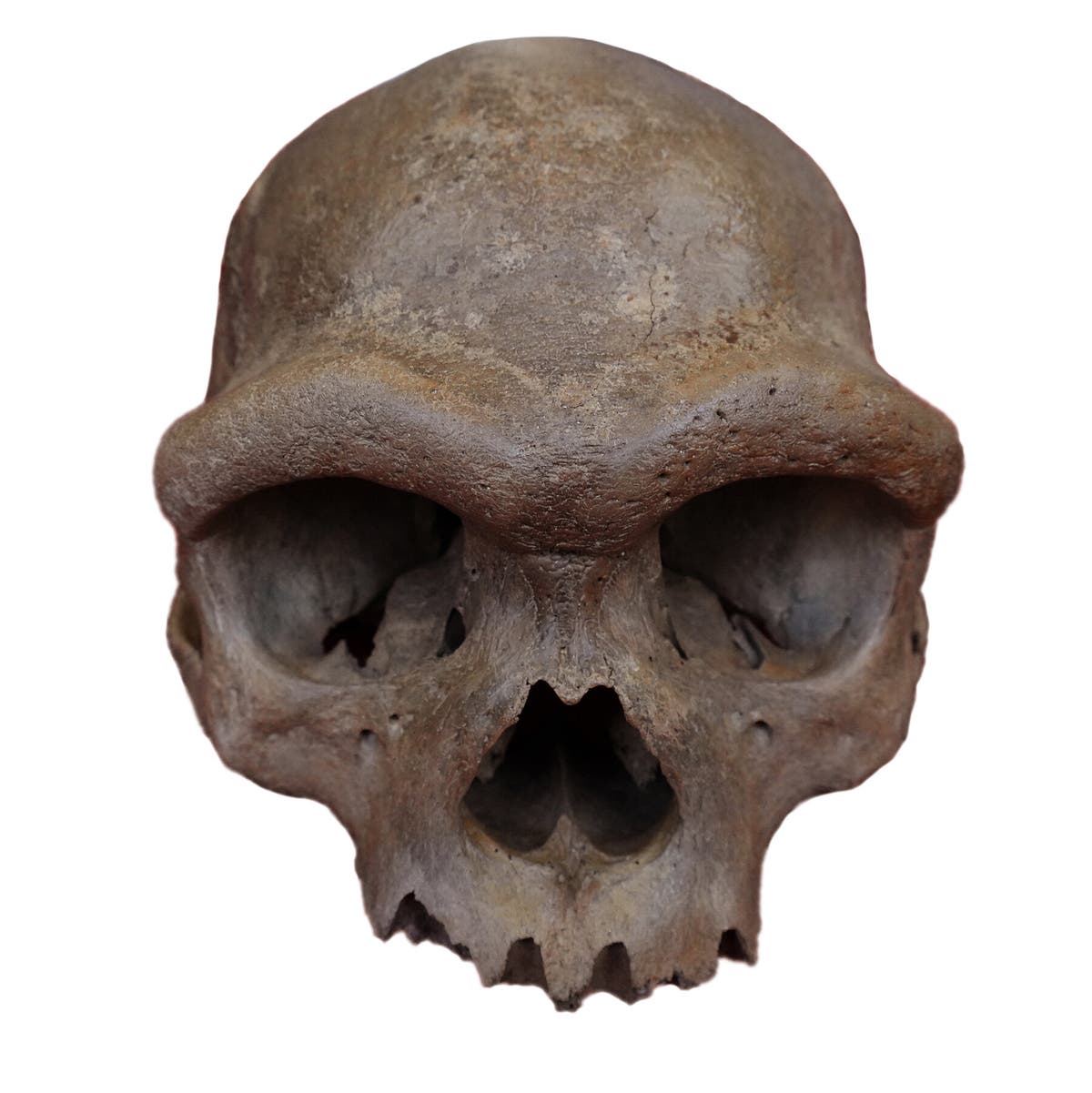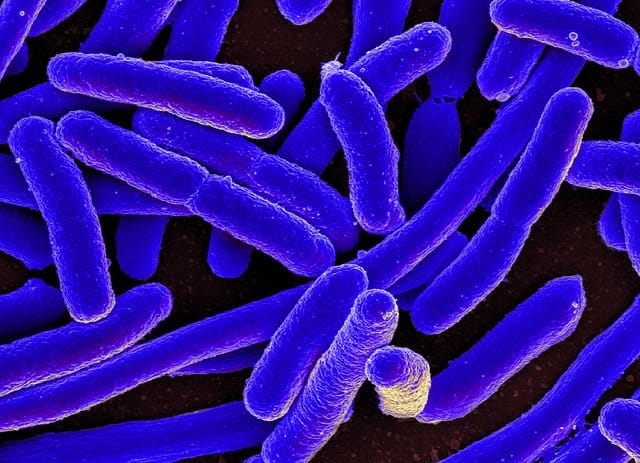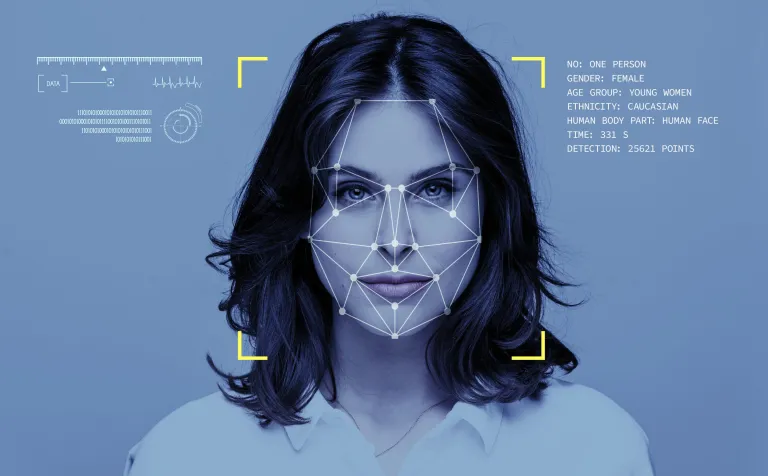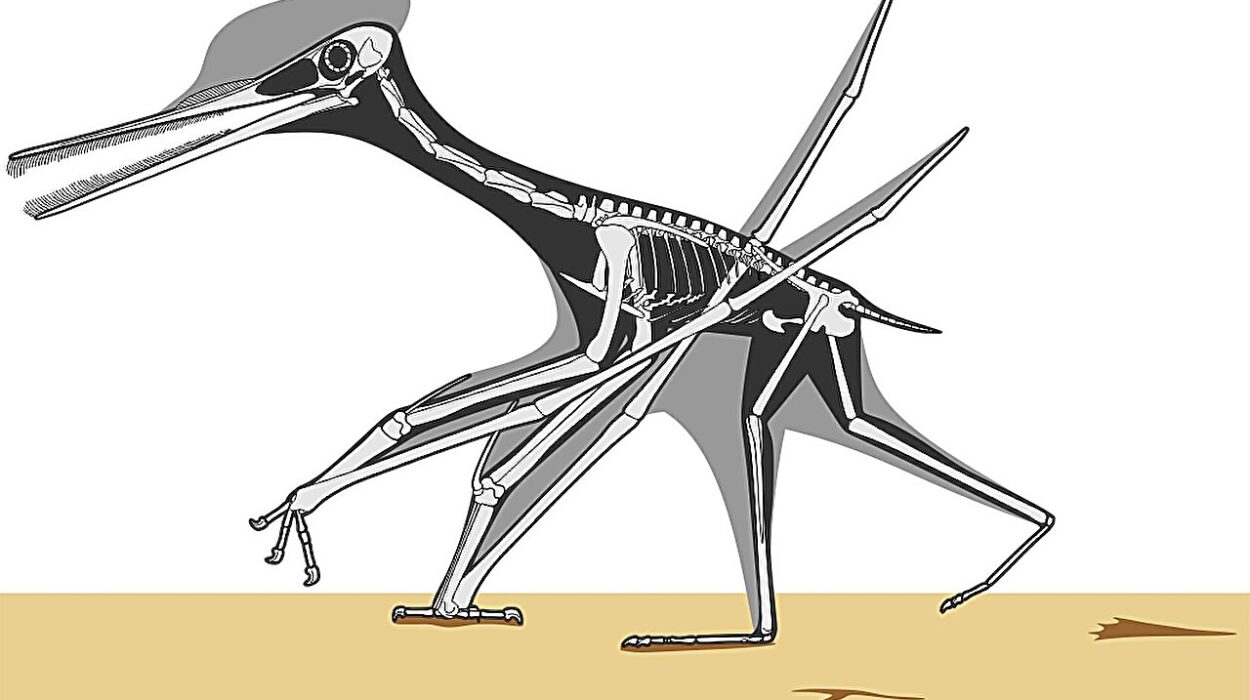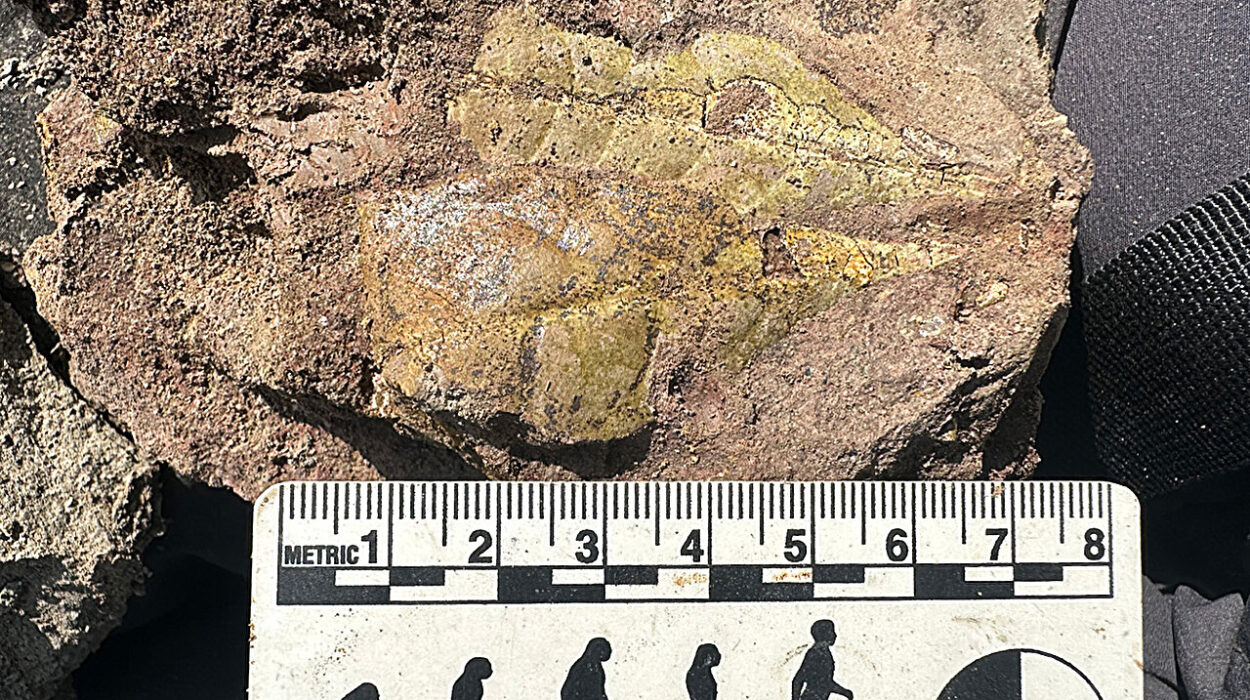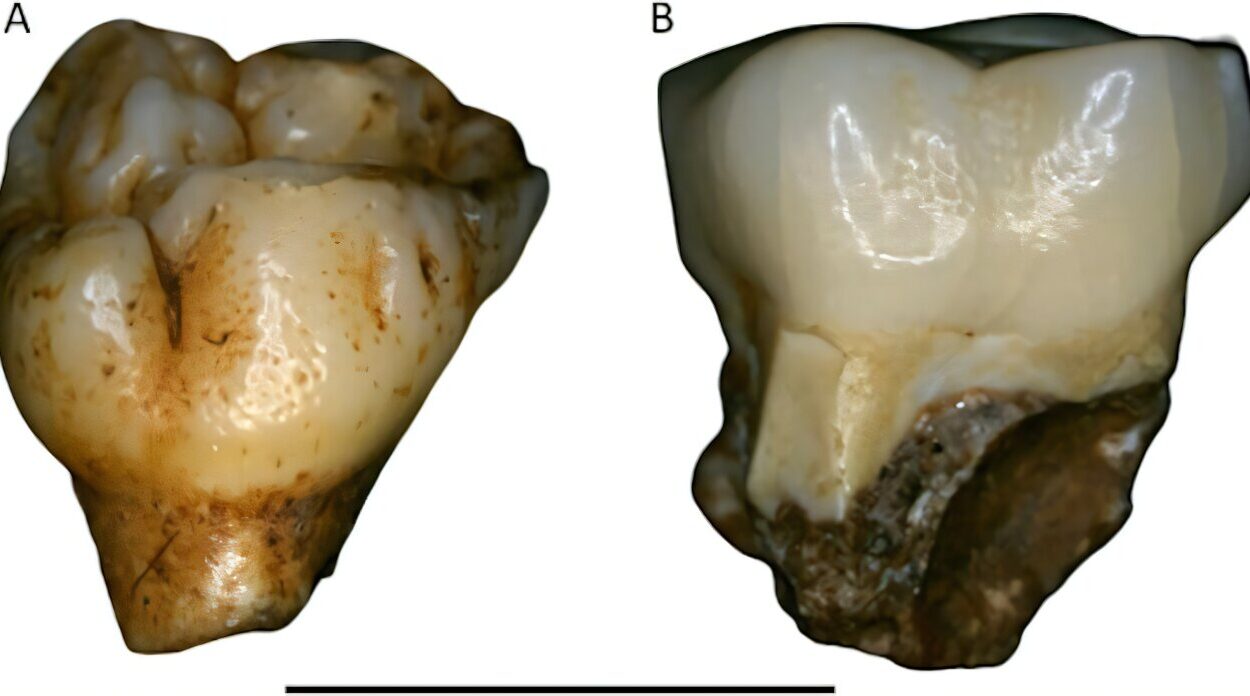In the frozen twilight of human prehistory, the Denisovans walked the vast plains of Ice Age Asia—elusive, enigmatic, and until now, largely faceless. For 15 years, these ancient humans have tantalized scientists with their DNA, whispering their existence from tooth fragments and finger bones dug from the Siberian soil. Yet their full appearance—how they looked, how they lived—remained a haunting void in our human story.
That mystery has just taken a dramatic step toward resolution.
In a groundbreaking announcement, researchers from the Chinese Academy of Sciences and Hebei GEO University have confirmed that a nearly complete ancient skull unearthed near Harbin, China, belongs to the Denisovan lineage. Dating back at least 146,000 years, this skull—one of the most intact hominin fossils ever discovered—offers the first real glimpse into the face of a people who once roamed across Asia and left a genetic echo in modern humans.
Their findings, published in the prestigious journals Science and Cell, do more than identify a fossil. They draw the Denisovans out of the shadows.
From a Riverbank to Revelation
The Harbin cranium—massive, heavy, and unusually well preserved—was discovered near the Songhua River in Northeast China and kept hidden for years during wartime. It wasn’t until recently that the specimen, dubbed Homo longi or “Dragon Man,” was brought to the attention of scientists. At first, its origins were unclear. Was this a new human species? A Neanderthal relative? Or something else entirely?
Now, thanks to cutting-edge paleoproteomic and genetic analysis led by renowned paleogeneticist Fu Qiaomei and fossil specialist Ji Qiang, the answer is coming into focus: Dragon Man was Denisovan.
Unraveling a Genetic Puzzle with Ancient Proteins
Studying ancient fossils is rarely straightforward. Time erases flesh, distorts bone, and scatters DNA like autumn leaves. But the research team didn’t rely solely on bone structure. They turned to an unlikely but powerful source of ancient biological information—dental calculus, the hardened plaque on fossilized teeth.
From this gritty biological remnant, the team developed a new bioinformatic system and optimized extraction techniques to isolate and sequence mitochondrial DNA from the Harbin individual. It was a long shot—and a labor-intensive one—but it paid off. Not only did they retrieve clear genetic material, they found Denisovan-specific mutations, firmly rooting the Harbin skull in the Denisovan family tree.
But the genetic sleuthing didn’t stop there.
Using advanced mass spectrometry, the researchers conducted the most detailed paleoproteomic analysis to date on a human fossil. The team cataloged over 308,000 peptide spectra and confirmed 95 endogenous proteins—an unprecedented molecular snapshot of ancient biology. Among the proteins, they identified three unique markers found only in known Denisovan remains, establishing a genetic and evolutionary kinship between the Harbin cranium and the Denisovan fossil known as Denisova 3 from Siberia.
This molecular handshake between fossils separated by thousands of kilometers and years suggests that Denisovans were far more widespread than previously assumed, with populations spanning from Siberia to Northeast China during the Middle Pleistocene.
A Face from the Mists of Time
So, what did the Denisovans look like?
The Harbin skull offers tantalizing clues. It’s large—exceptionally so—with a robust brow ridge, a wide nasal cavity, and a braincase comparable in size to that of modern humans. Yet it differs from both Homo sapiens and Neanderthals. The skull’s combination of archaic and derived features marks it as a distinct lineage, consistent with the fragmentary Denisovan remains found in the Denisova Cave of Siberia.
While we still lack a full body reconstruction, Harbin’s remarkable preservation allows paleoartists and researchers to begin piecing together a Denisovan profile: likely broad-faced, strong-jawed, and adapted to harsh northern climates.
Crucially, this fossil now serves as a template—a morphological benchmark—for identifying other ambiguous Asian hominin fossils that might belong to the same lineage, including specimens from Dali and Jinniushan in China. Until now, these fossils lacked genetic verification. The new paleoproteomic techniques may finally offer answers.
A Species Hidden in Plain Sight
Denisovans were first identified in 2010 through DNA extracted from a pinky bone in a Siberian cave. At the time, scientists were stunned: the DNA did not match Homo sapiens or Neanderthals. It came from a previously unknown human group, one that had interbred with our ancestors and whose genetic traces linger in modern populations—especially in East Asians, Southeast Asians, and Oceanians.
But these ancient cousins remained largely invisible. The fossil record was scant. The few bones recovered were small, fragmented, and devoid of context.
That’s what makes the Harbin discovery so powerful. This is not a tooth, not a bone chip, but a nearly complete cranium. It bridges a vast gap in the human fossil record and provides the physical anchor to a species we’ve known mainly through molecular ghosts.
In the words of lead author Fu Qiaomei, “This skull allows us to bring the Denisovans out of the genetic fog and into anatomical reality.”
A Triumph of Science and Collaboration
The achievement wasn’t just technological—it was a triumph of interdisciplinary collaboration. Teams from paleontology, genetics, chemistry, and computational biology worked across institutions to pioneer new ways of extracting, sequencing, and interpreting ancient molecules.
Their work demonstrates the immense potential of dental calculus, long overlooked, as a reservoir for ancient DNA—especially when traditional bone or tooth samples are too degraded for analysis. It also showcases how protein analysis—which can survive when DNA does not—can illuminate the relationships between ancient species, even across vast stretches of evolutionary time.
Together, these methods may soon unlock secrets from other enigmatic fossils across Asia and beyond.
Rewriting the Map of Ancient Humanity
This discovery reshapes our understanding of human evolution in Asia. It suggests that Denisovans were not confined to a few isolated regions, but likely spread across large swaths of the continent, evolving and interacting with other hominin groups over tens of thousands of years.
It also supports the idea that East Asia was a melting pot of human evolution, hosting not just modern humans, but Neanderthals, Denisovans, and possibly other unknown lineages—all influencing each other genetically, culturally, and perhaps even socially.
“We are only beginning to scratch the surface,” said Ji Qiang, co-author and fossil specialist. “The Harbin cranium is not the end of the Denisovan story—it’s the beginning of a new chapter.”
A Shared Legacy in Our Genes
Even today, the legacy of the Denisovans lives on. Some modern humans, particularly in Melanesia, Papua New Guinea, and Southeast Asia, carry up to 5% Denisovan DNA. This ancient inheritance may influence everything from immune response to altitude tolerance.
Their story is not just one of extinction, but of integration. The Harbin skull reminds us that the boundaries between “species” in the human past were far more fluid than we once believed.
Looking Ahead
As new tools and techniques continue to evolve, more fossils will speak. The dark corners of human prehistory will grow brighter. And with each discovery—like the Harbin cranium—we’ll gain not only more facts, but deeper insight into who we are, and who we once were.
The Denisovans, silent for millennia, are finally beginning to tell their story. And the world is listening.
References: Qiaomei Fu et al, The proteome of the late Middle Pleistocene Harbin individual, Science (2025). DOI: 10.1126/science.adu9677. www.science.org/doi/10.1126/science.adu9677
Cell Denisovan Mitochondrial DNA from Dental Calculus of the > 146,000-year-old Harbin Cranium, Cell (2025). DOI: 10.1016/j.cell.2025.05.040. www.cell.com/cell/fulltext/S0092-8674(25)00627-0
